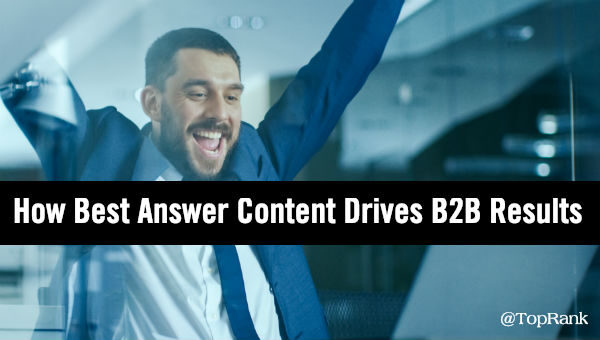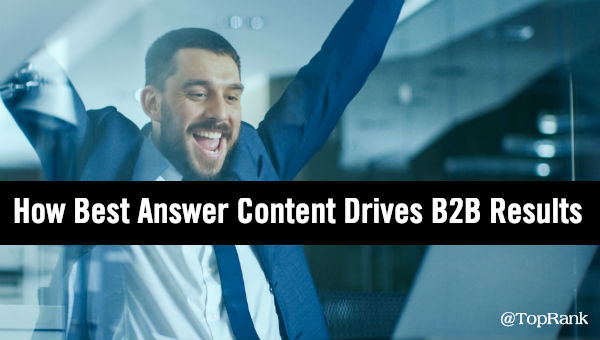
For many B2B marketers content is a numbers game, especially as the number of channels for discovery and engagement grow right along with competition for attention.
We all know how the information overload story ends: buyers disconnect, they start to ignore marketing content and they lose trust in the brands trying so desperately to reach them.
Smart voices like Ann Handley in the B2B marketing industry have called for a focus on quality and even brevity over the hamster wheel of content mediocrity. Many have listened and yet many more B2B marketers are still fighting the uphill battle of creating uninspired blog post after blog post, ebooks, white papers, case studies and who knows how many social messages – and to what end?
Is your marketing about creating content or answers? Think about what your customers really want.
The failure to communicate by B2B marketers has numerous causes ranging from flawed thinking that more is better to content quality issues to what I like to call “invisible content syndrome”, or content without visibility to the buyer.
Answering buyer questions is nothing new. While best answer content is a topic we’ve been evangelizing at TopRank Marketing since our book Optimize was published 7 years ago and since, changes in voice search and what Google shows in search results has put Q and A content marketing into the SEO spotlight.
The new SEO is optimization for answers. Along those lines you can learn about AEO (Answer Engine Optimization) which focuses on voice search. There’s also Google’s “People Also Ask” feature which now show up for 79% of search results according to Moz. The difference between optimizing content through AEO tactics or for PAA visibility with a best answer strategy is the difference between visibility on a single channel like Google and consistently visibility across channels for a specific topic.
Being the best answer is hard, but that’s the price for being in the winner’s circle of consistent top visibility. While it’s more difficult to achieve best answer authority on multiple channels than just Google, in this world of information overload, self-directed business customers are searching for useful, credible information they can use to educate, evaluate and make purchasing decisions.
If buyers don’t see consistent, credible and engaging “best answer” content across channels from your brand, they’ll begin to trust competitors who are.
B2B buyers are using Google but they are also asking their social networks, listening to influencers, seeing some ads, consulting with peers in forums, reading industry editorial, blogs, and a variety of offline information sources.
Successful B2B marketers understand their buyers preferences for information discovery, consumption and engagement. They use customer insight and understanding of intent to create best answer content that is easy to find in search, credible and a great user experience. They also create a cycle of optimization where ongoing performance analysis is used to refine and improve.
So how do B2B marketers create best answer content?
Josh Nite from our team has outlined a few good best answer content examples here. Let’s also look at some of the characteristics of best answer web pages aka “power pages”.
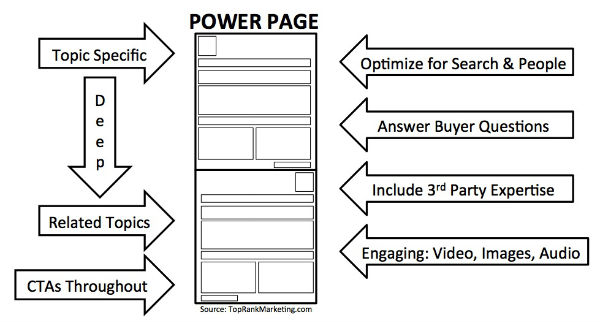
1. Customer Insight – Whether it’s keyword research, CRM or conversion data from your web analytics, it’s important to step beyond your own intuition about what topics to focus on and rely on data.Consider what is it that your brand should be the best answer for and what customers are looking for that best represents your solution. Metrics that give you an indication of demand like keyword research and intent like analytics and conversion data can point you in the right direction as to what topics to validate.
2. Best Answer Topic(s) – The research and insights work should help you identify the general topic to focus on for best answer content. Then you can leverage answer research tools like BuzzSumo’s Question Analyzer which pulls data from Q/A sites and forums to surface the actual questions being asked about those topics.
3. Hub and Spoke Publishing Model – I first outlined the idea of a hub with distribution channels back in 2010 and the idea has endured. At the center is a comprehensive treatment of your best answer topic. Today we call them “power pages”, more about them below. The spokes have evolved from simply being places to promote your hub content to also include other content representing variations of your main best answer topic.
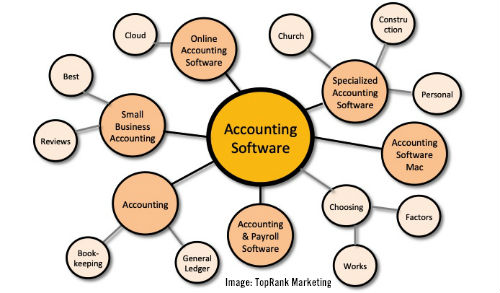
15% of the daily queries used on Google have never been seen before, so it’s important to surface the most important variations on your primary best answer topic. Those variations present a more comprehensive representation of your brand’s dominance on the overall topic and also provide many repurposing and content promotion opportunities.
4. Power Page – The hub or Power Page provides specific and deep coverage of a Best Answer Topic in a way that appeals to search engines and buyers alike. Whether a buyer’s intent is to understand the topic broadly or to start evaluating what specific solutions can mean for their problem, a Power Page provides an easily findable, deep and engaging explanation. Some common characteristics of the best performing Power Pages include:
- Leverage keywords/topics in titles to inspire clicks
- Include page features that increase engagement (interactive, visual)
- Provide comprehensive content on specific topics: examples, research, models
- Cover related topics as well
5. Distribution Channels – Power pages are often hosted on a company website or blog. But that’s not the only place buyers will look for your solution topics. It’s important to have an integrated content plan that incorporates owned, earned, paid and shared media.
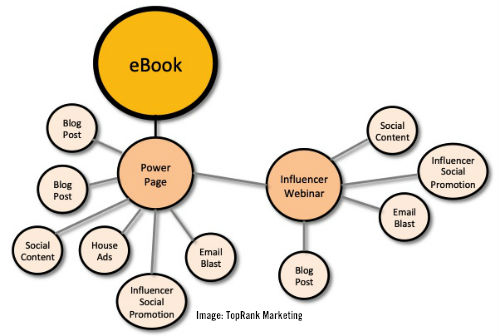
Whether you partner with industry influencers and industry press to boost credibility or run paid search and social ads for ultra specific targeting, the best answer topic should be consistent across channels where buyers are looking – not just on search engines!
What it takes to be the best answer:
- Specific, in demand topic
- More valuable and useful than other sites
- Credible
- High quality
- Engaging
- Device friendly, accessible
- Loads fast
By doing the homework of leveraging customer insight and validating with keyword research, you can then identify the actual questions buyers are asking about topics important to your solutions. Answering those questions through a hub and spoke content publishing model ensures a deep focus and coverage of variations on your topic across the channels where customers are seeking answers.
But that’s not all. There are many ways to create even better Best Answer content experiences. Having industry experts help answer customer questions segmented by stage of the buying cycle creates and a more credible and targeted experience. In fact, showcasing industry experts in a brand context for best answer content that is more visual or interactive content can really set a B2B brand apart. Easy to find, credible content that’s also a great user experience is exactly what a Best Answer content strategy can do for B2B customers that are actively looking for solutions.
There’s a lot more to this topic and I will be digging in more deeply during an upcoming Webinar with BuzzSumo on January 23rd at 2pm EST.
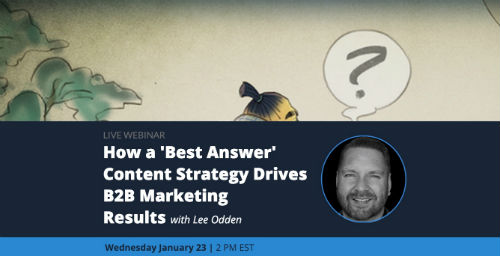
How A Best Answer Strategy Drives B2B Marketing Results
This presentation will show you:
- The modern content marketing integration model
- How to use SEO question data to inform credible content and influencer selection
- What “best answer” content looks like with examples from B2B companies
Check out the details here on the BuzzSumo site and I hope to see you there!
